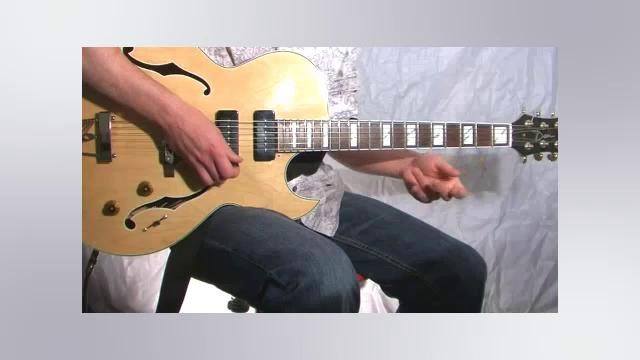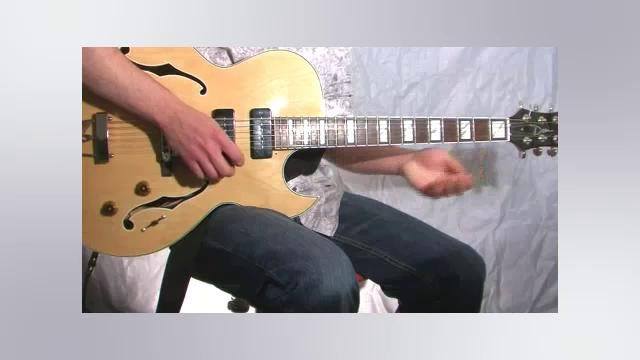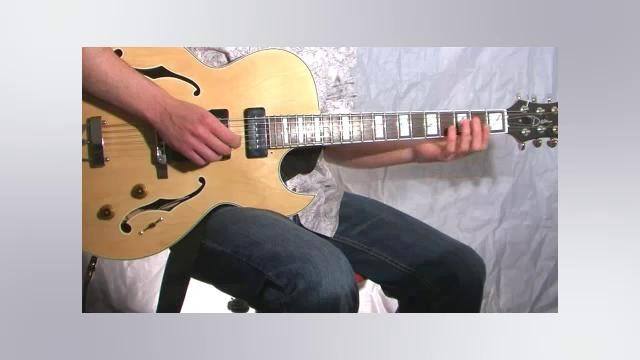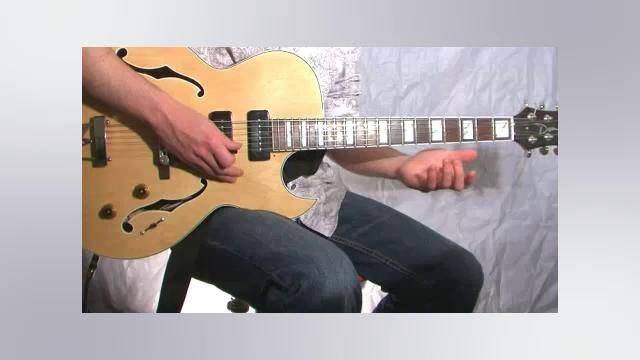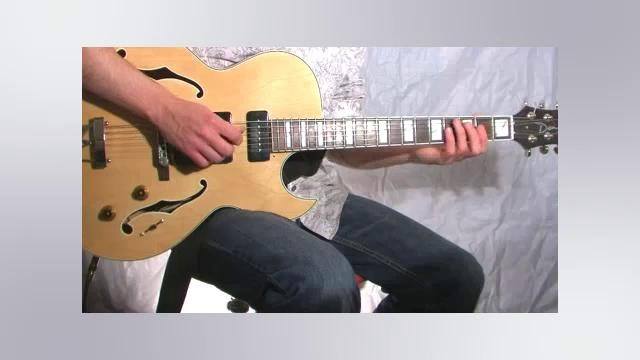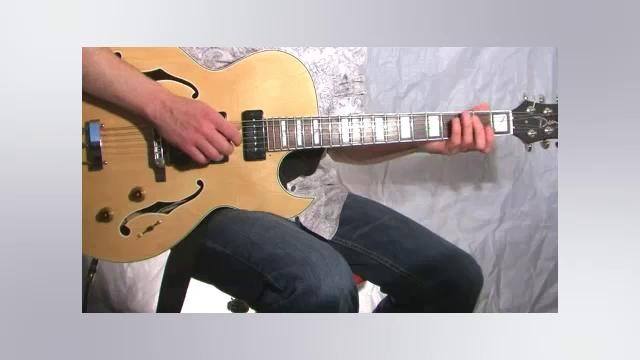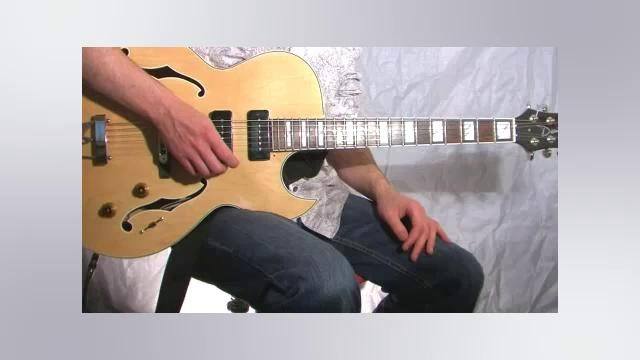-
SaveCompleteInfo1

-
SaveCompleteInfo2
-
SaveCompleteInfo3
-
SaveCompleteInfo4
-
SaveCompleteInfo5
-
SaveCompleteInfo6
-
SaveCompleteInfo7
-
SaveCompleteInfo8
-
SaveCompleteInfo9
-
SaveCompleteInfo10

Instructor: Mike Edwin Level: Beginner Topic: Theory Style: Any Style
Excerpt: Hello Guitar players. I hope you're ready to learn! During this tutorial we will be taking a close look at a number of intervals available to us within the Major scale. We will also be using each of these intervals to create unique voicings of both the Major and Suspended quality. In the diagram below you will see each of the intervals we are about to tack...
Media Length:
Instructor: Mike Edwin Level: Beginner Topic: Theory Style: Any Style
Excerpt: Scale Degrees. The term 'Degree' is used to identify a particular note in a scale. The point of using this terminology is that it can make life a whole lot easier when trying to identify chords and intervals in new keys. As outlined in the video. If you take any scale and begin on the first note of that scale, (in this case it is the C major scale) that no...
Media Length: 1:13
Instructor: Mike Edwin Level: Beginner Topic: Theory Style: Any Style
Excerpt: The Major Third. The Major third can be found by combining the first and third degrees of a major scale. You can create this harmony over any note by simply counting up 3 degrees of a major scale. For example. In the video, I began on C and counted up to the 3rd degree of the C major scale. If I had chosen F. I would need to use the 3rd note of the F maj...
Media Length: 0:55
Instructor: Mike Edwin Level: Beginner Topic: Theory Style: Any Style
Excerpt: Major Triad. The next interval we need to look at is our Perfect 5th. Otherwise represented as 'P5'. We can create this harmony by combining the first and 5th notes of any major scale. In this video we used C and G as an example. But for contrast, here are some examples in other keys. F - F G A Bb C D E F. Our perfect 5th would be F and C. G - G A B C D E...
Media Length: 1:29
Instructor: Mike Edwin Level: Beginner Topic: Theory Style: Any Style
Excerpt: The Major 7th. A Major 7 chord is built with the 1st, 3rd, 5th and 7th degrees of a major scale. At this point, I want to begin introducing chord formulas. The formula for our Major 7 chord is: 1 3 5 7. These numbers are referring to degrees of the major scale. Learning formulas in this manner (assuming we have a good knowledge of major scales) will event...
Media Length: 2:04
Instructor: Mike Edwin Level: Beginner Topic: Theory Style: Any Style
Excerpt: The Major 2nd - Sus 2 chord. We are now up to the Major 2nd. When stacking intervals from the major scale, we don't always wind up with a Major chord. Here is the first example. A harmonic interval of a Major second comes from combining the 1st and 2nd degrees of a Major scale. When we stack these two notes along with our P5 and Maj7 like in the previous ...
Media Length: 1:25
Instructor: Mike Edwin Level: Beginner Topic: Theory Style: Any Style
Excerpt: The Perfect 4th. Suspended 4. This interval is found by adding the 1st and 4th degrees of a major scale. Used in context of a chord, the Sus4 chord is a great representation. Exactly like our sus2, the sus4 is a Major chord whose 3rd has been replaced. Only in this case, by the 4th degree, not the 2nd degree like in our last lesson. The Formula for a sus...
Media Length: 1:17
Instructor: Mike Edwin Level: Beginner Topic: Theory Style: Any Style
Excerpt: The Major 6. Used in a chord, this is one of my favorite sounds. We identify the Major 6 by playing the first and sixth degrees of the Major scale. The formula for this chord in full would appear like this: 1 3 (5) 6 (7) - typically you might find yourself forced to drop either the 5 or 7 on guitar. It is possible to play all tones at once. Some cases ho...
Media Length: 1:47
Instructor: Mike Edwin Level: Beginner Topic: Theory Style: Any Style
Excerpt: The Major 9. The Major 9th interval comes from moving 9 scale degrees away from the root of the Major scale. As you will notice, the 9th scale degree is the same as the 2nd. When using this interval in a chord, it is important to pay attention to your Major 3rd. If the Major 3rd is being used with the Major 9, the chord is indeed a Major 9. If there is no...
Media Length: 1:41
Instructor: Mike Edwin Level: Beginner Topic: Theory Style: Any Style
Excerpt: Over the past several lessons, we have taken a close look at a series of intervals available to us when harmonizing the Major scale. Every interval so far has been put in context to the Root of the scale. There is still a lot to cover though. In the future I will be taking this process deeper and, by using a similar process, show you how to build all differ...
Media Length:


